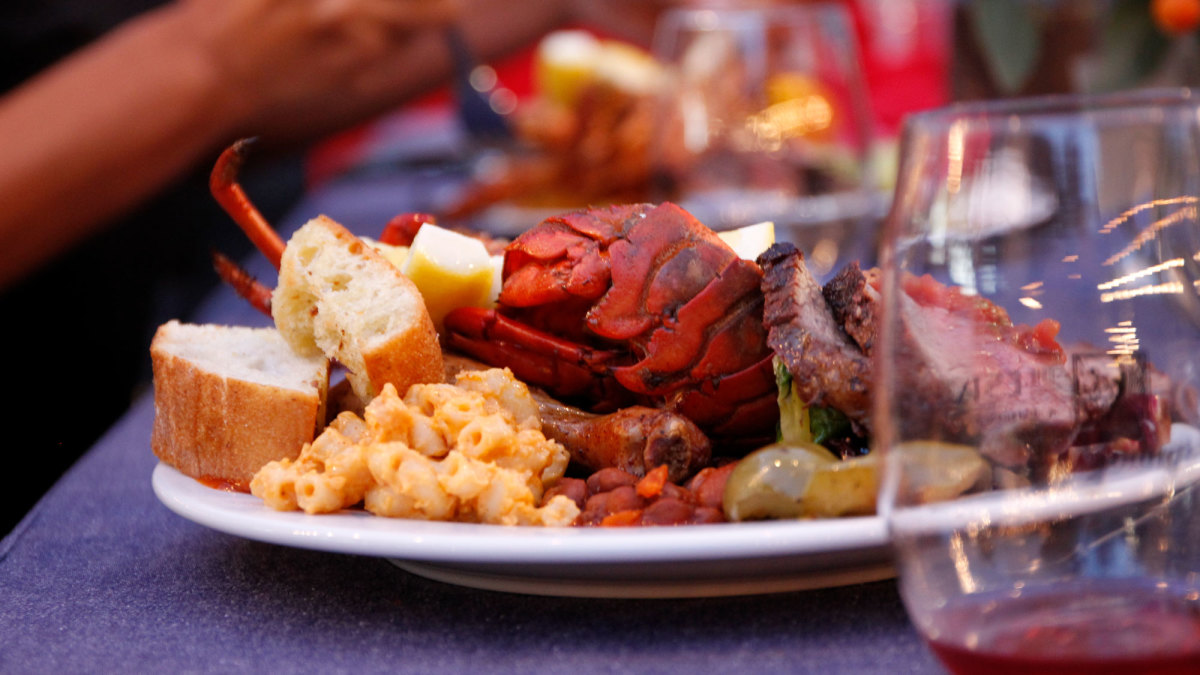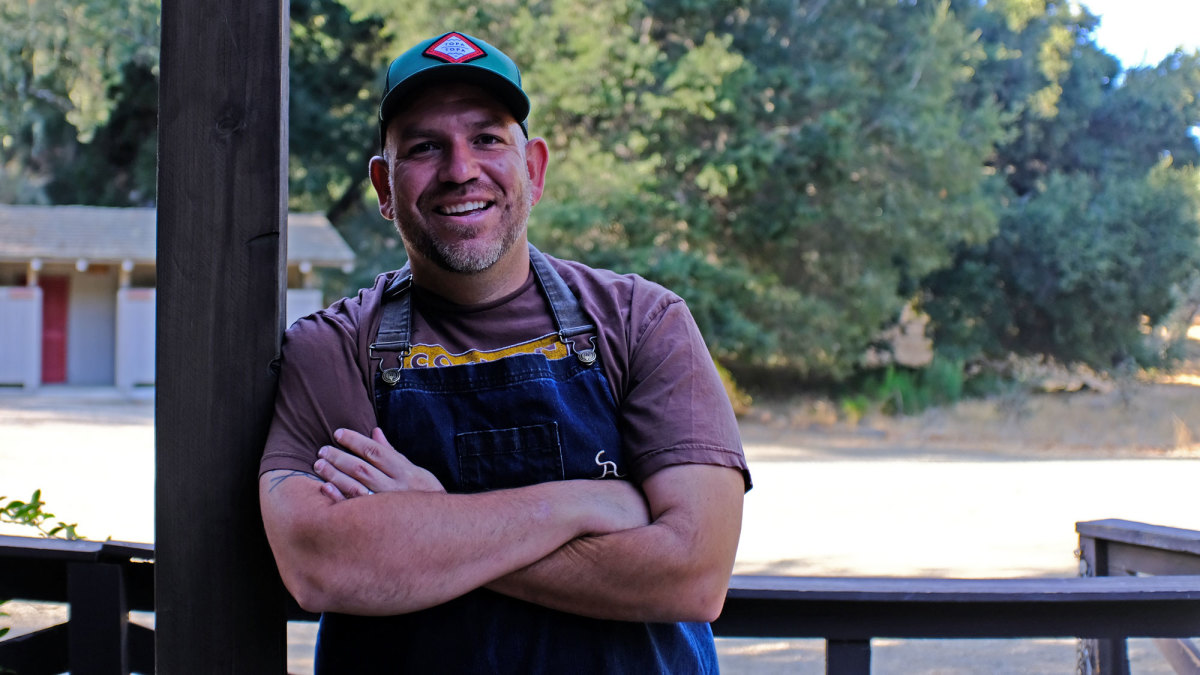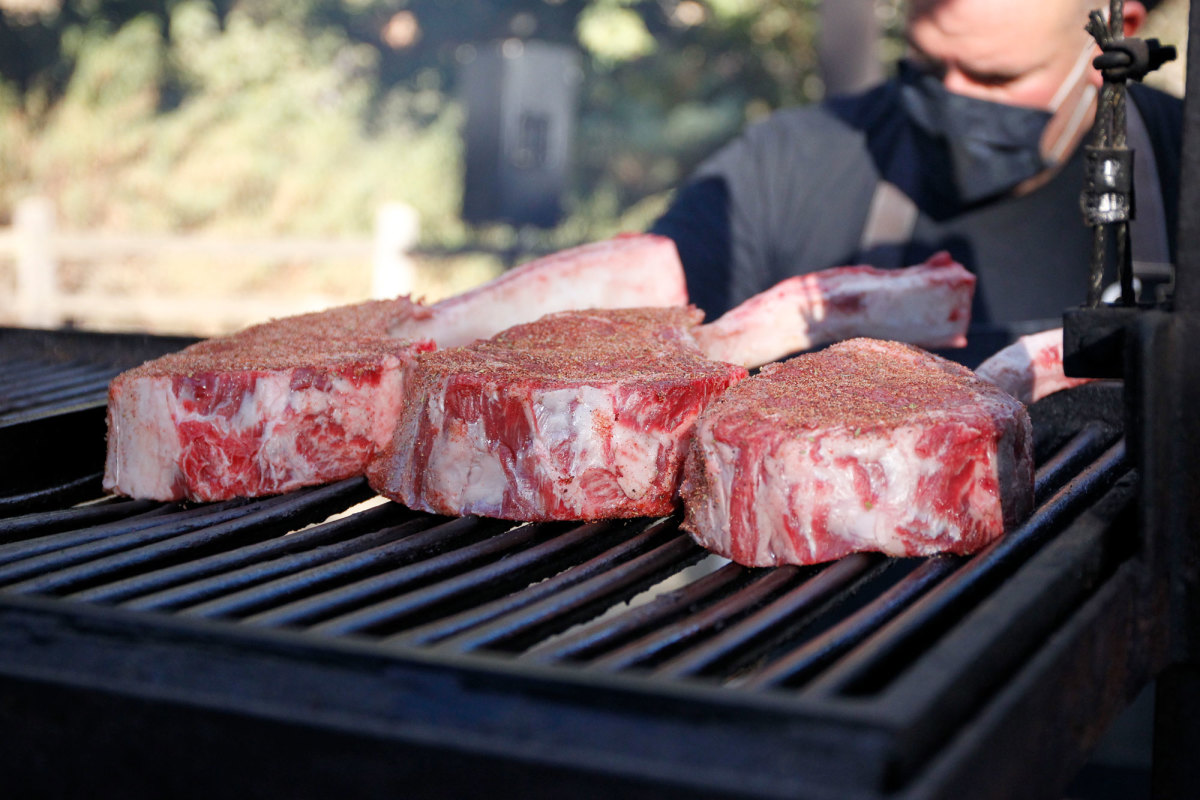The 5 Pillars of Santa Maria-Style BBQ With Chef Anthony Endy
When it comes to different designs of barbecue throughout the United States, destinations like Texas, Memphis, or North/South Carolina almost certainly arrive to head. Nonetheless, there is a specific design and style of barbecue that may possibly not be as well-identified, but most absolutely punches higher than its body weight class in taste. We’d like to introduce you to Santa Maria-design and style barbecue.

The heritage of Santa Maria-design and style barbecue started off with the nearby ranchers in the Central California coastline location in the late 1800s—even relationship again to the Chumash men and women. They’d prepare dinner above the nearby hardwood in the place (primarly oak and sycamore). And owing to the continuously windy problems of the central coastline of California, they would dig huge pits into the ground to establish their fires and prepare dinner above the embers. But the wind is essentially a key component listed here, as it keeps the hearth nutritious and fueled without the need to have for ventilation. They’d put cuts like top rated sirloin on substantial skewers or stakes, and then roast the meat throughout the coals.
The Spanish launched the grill in the early 1900s, and the underneath-ground pit grew to become an higher than-ground pit with a lever to raise and lower the grill, basically something that the ranchers could tow around—also identified as an Argentine-design and style “Gaucho Grill” or basically “Santa Maria-style” grill.

When tri-idea is considerably of a staple in modern Santa Maria-design and style barbecue, the heritage goes again to 3 dominant proteins: top rated sirloin, rooster, and linguica (Portuguese sausage). A classic Santa Maria-design and style food consists of the protein, pinquito beans (locally developed in the place), salsa, garlic bread (grilled above oak and dipped in garlic butter), and a eco-friendly salad, all adopted by dessert (usually, strawberry shortcake).

We sat down with Santa Maria-design and style barbecue professional and Govt Chef Anthony Endy at the Alisal Visitor Ranch & Resort in the heart of Santa Barbara wine region for their once-a-year BBQ Bootcamp event—a good, 3-working day masterclass in all issues barbecue, led by some of the finest cooks in the region. We talked with Endy to study more about what tends to make this design and style of grilling so juicy, smoky, succulent, and just damn tasty.
It All Begins With the Wooden

“We use the nearby hardwood, which is oak. Red oak is the most well known hardwood for barbecuing listed here. We use a mix of red oak and white oak just mainly because it is the most available listed here on the Alisal Ranch. So you are going to often start off with that hardwood… the wooden often comes initial. You make a great hearth for it, break it down into embers, and then you just gradual roast. Santa Maria-design and style barbecue runs hotter than most, it is not as smokey, but runs at a much hotter temperature.”
Reverse Sear Is Crucial

“You never want to sear out the flavors. You want to hold the juice inside your protein and you want to absorb the smoke… and hold flipping it. Reverse sear, when it comes to merchandise like tri-tip—and even on the rooster, as well—I was undertaking [reverse sear] mainly because these are merchandise where you want the protein to absorb the smoke and then you want to generate that crust at the really conclusion.”
Do not be Scared to Flip the Protein

“Be committed as soon as you place the protein on, and flip it often. The rooster will tell you when it wishes to be turned, with tri-idea you never want to get the job done with flare-ups, that’s a rookie oversight. Flare-ups commonly occur when you incorporate the unwanted fat like oil to the grill much too early. Preserve the hearth very low, and hold a superior distance amongst the protein and flame by itself.”
Usually Commence With a Cleanse Grill

“Use the unwanted fat that you trim off the protein to wipe down and clean the sizzling grates before positioning the protein on. This will clean off all the prior residue though preserving the taste of the protein.”
Use Tongs

“Some Santa Maria men use these little pig tail issues to poke the meat and flip it. Nonetheless, you want to hold the juices in, and just about every time you puncture it, you allow the juices out. The goal is often juicy succulent meat. A significant oversight men and women make is overcooking their meat, and a basic principle rule is often letting your meat relaxation (for around twenty minutes), and often slash versus the grain when it comes to tri-idea.”

Examine out more information and facts about checking out the Alisal Visitor Ranch & Resort, and get a leap on registering for their up coming BBQ Bootcamp function.
For accessibility to unique gear movies, superstar interviews, and more, subscribe on YouTube!
